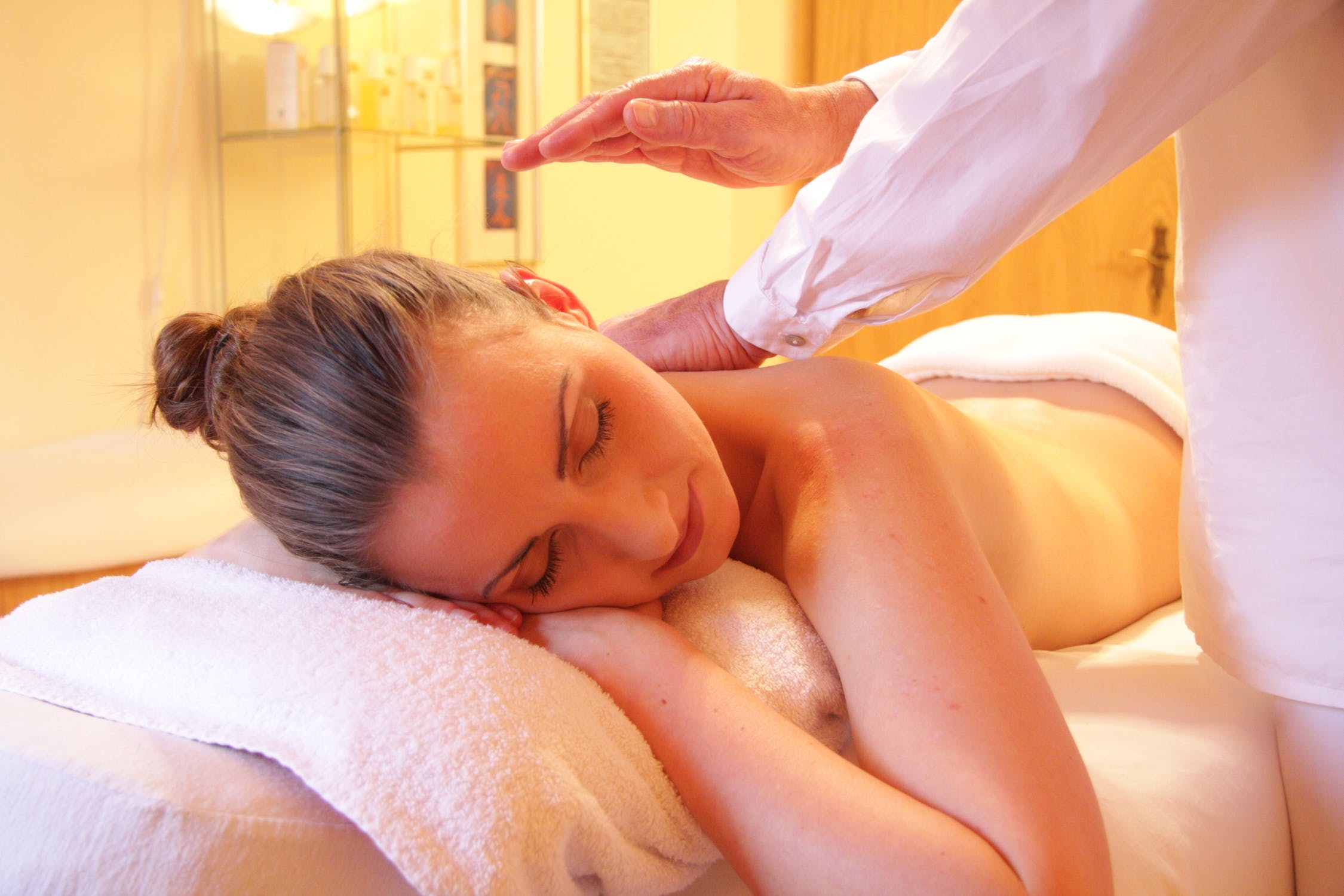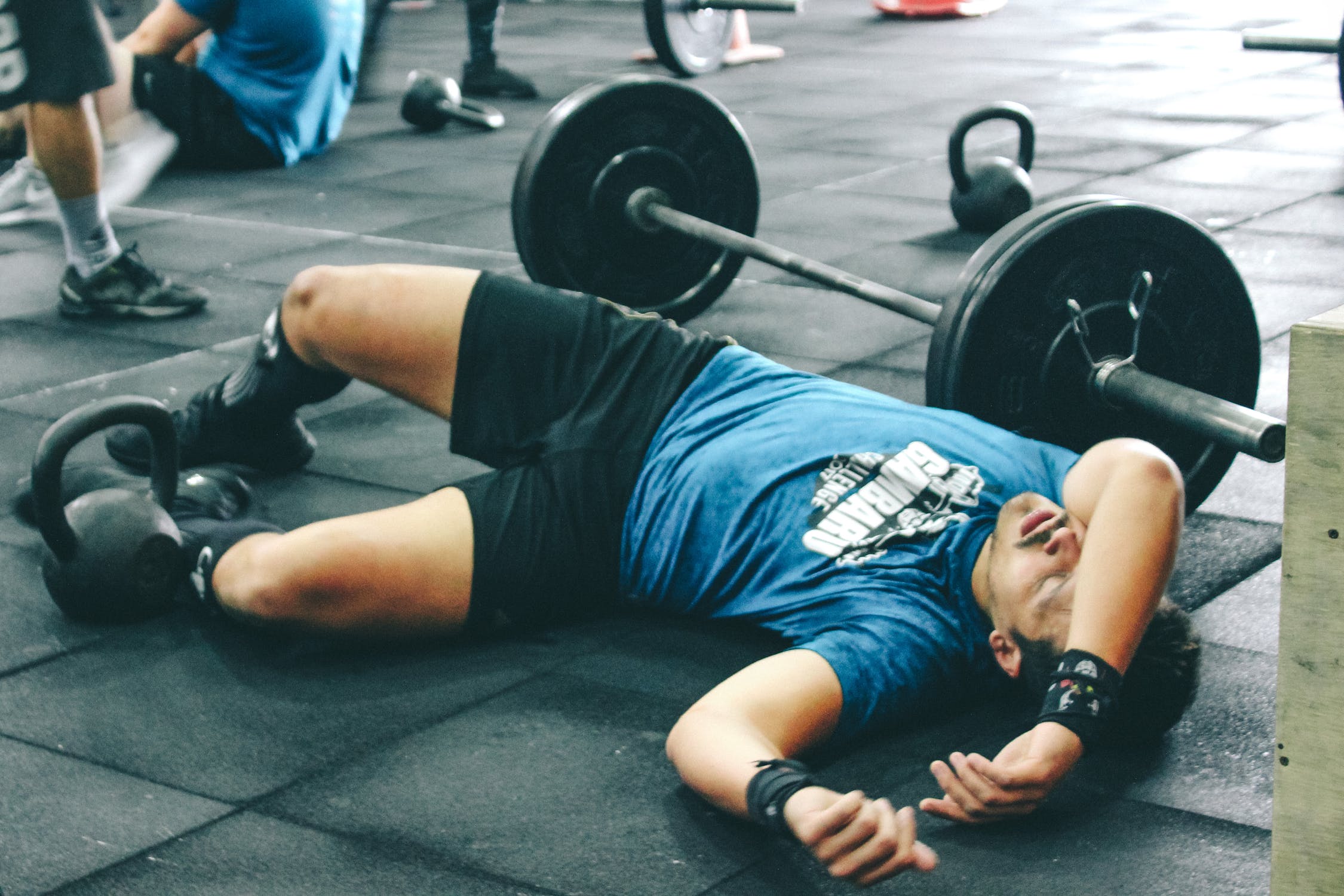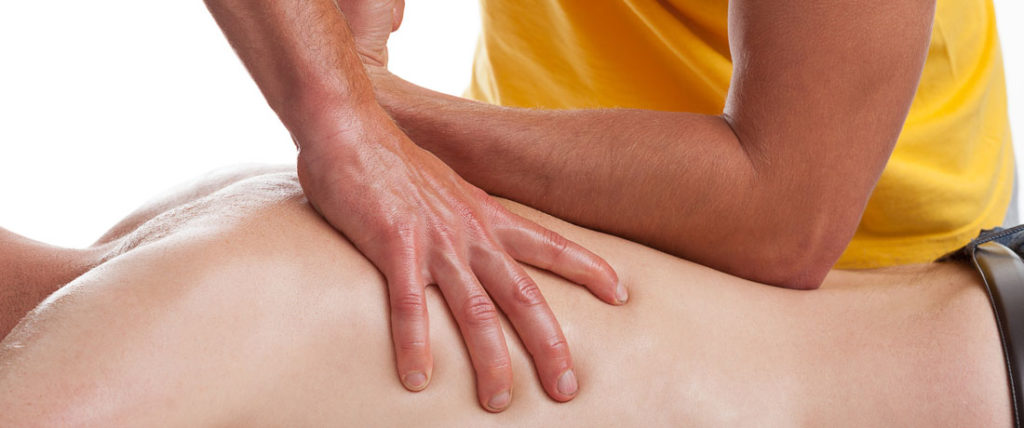nalco group
bone, muscle & joint pain physio
BOOK NOW / WHATSAPP ABOUT YOUR PAIN OR INJURY
- NOVENA 10 Sinaran Drive, Novena Medical Center #10-09, Singapore 307506
- TAMPINES 9 Tampines Grande #01-20 Singapore 528735
- SERANGOON 265 Serangoon Central Drive #04-269 Singapore 550265
Home > Blog > Sports & Deep Tissue Release > Deep Tissue Massage Physiotherapy
Deep Tissue Massage Physiotherapy

do you Find yourself constantly tired, aching and hurting all over?
It's a common experience, we've multiple patients telling us that:
- they have an ache for months
- their body is painful and tired for an amount of time
And yet, they don't realize that pain isn't something to be tolerated - ah yes, if it's just a couple of minutes or hours, then it's ok...but aches and pains that has been consistent for days or weeks should be attended to as soon as possible.
- Have you been experiencing bodily pain, tiredness and ache without a clear reason?
- Or you find yourself getting injured more easily even if you don't really participate in sports and activities?
Don't be surprised if you find out that it's your own body and limbs muscles that are causing to all your aches, pains and fatigues...but they're the same muscles that will also improve your movement and performance, when well taken cared of.
For your muscles to function optimally, your muscles need to be:
- relaxed (as opposed to tight/spasmic)
- well rested (as opposed to tired)
- optimal length (as opposed to tight and shortened)
If they're not in optimal lengths, rested, they have to work a LOT harder to get the same level of movement or performance (think of running when you're not feeling well/sick versus when you're well rested).
Sub-optimal Muscles =
Sub-optimal Movement

Sub-optimal muscles are muscles that are:
- tired (not enough rest, overworked, over compensation, unrested)
- shorted due to poor postural habits and position (eg sitting for long long periods repetitively)
Muscle tightness happens to many people:
- Office workers very often has lots of muscle tightness in their neck, shoulder and upper back. It's sometimes so bad that they may develop tension headaches caused by referred pain of trigger points
- People who
move about often usually develop lots of pain in their heels, feet and ankles
- caused by the tightening of muscles and fascia from prolonged standing, walking
- People who travel/fly a lot will often develop generalized muscle tightness and aches from travel-related issues (handling luggage, sleeping in unfamiliar beds, jet lag etc)
- Etc
To summarize, these muscle tightness will cause you to take/make more effort JUST to get the same amount of results or outcomes. Example being a 30 minute task may take you an hour simply because you need to
- try to focus more
- need to rest more
- more mistakes, so more corrections
Same task but more time and effort required.
One can see how this can snowball quickly.

regular Deep Tissue Massage for Healthier and Productive Muscles
Your body, muscles and joints will thank you for attending regular deep tissue release physiotherapy massage sessions with us - not only will we be able to loosen the tight knots in the muscles, but we will also help to prevent them from returning so fast.
Most patients don't know the difference between:
- clinical deep tissue / sports massage versus
- regular massage
Clinical Deep Tissue / Sports Massage has two special elements:
- clinical means that it's based on clinical and medical research, knowledge and applications.
- deep tissue means that it's a massage (hands-on) technique on managing our soft tissues at different layers
You see, our muscles "aren't just muscles" - they're layers of muscles upon muscles, and contained within and underneath and alongside them are:
- nerves
- arteries and veins
- fascia
- tendons and tendon-muscle joints
- etc
We prefer a clinical approach to deep tissue management.
clinical sports massage helps with:
- increasing circulation and blood flow to tired muscles, rejuvenating them and accelerating soft tissue recovery
- break down the tight myofascial knots in our muscles by deep focal pressure combined with stretching
- brings circulation and blood back to the heart, lungs and your lymphatic system, which helps with waste management, replenish oxygen stores etc
- most importantly, regular deep tissue release therapy will help to prevent micro-tears, ruptures and strains (tight and tired muscles are more at risk of injury because they're shortened and tight)
